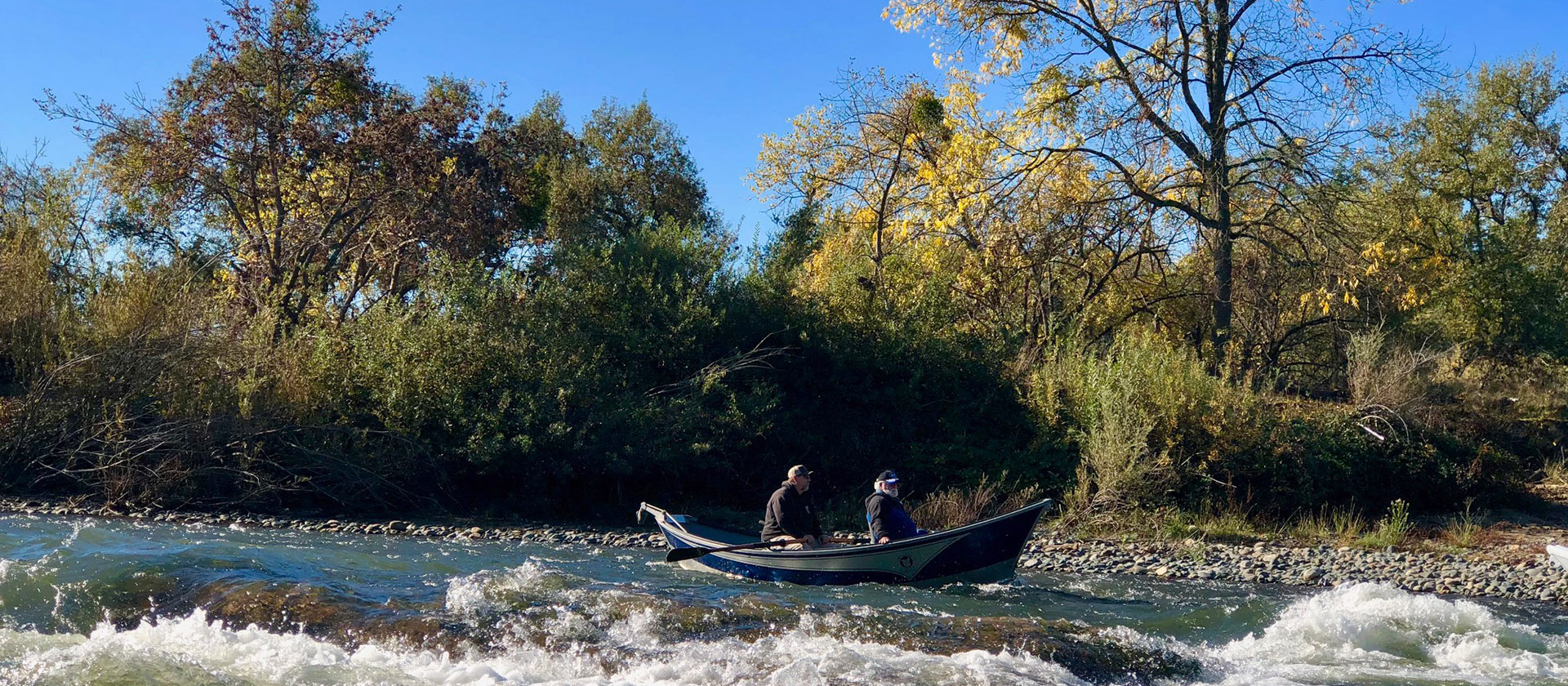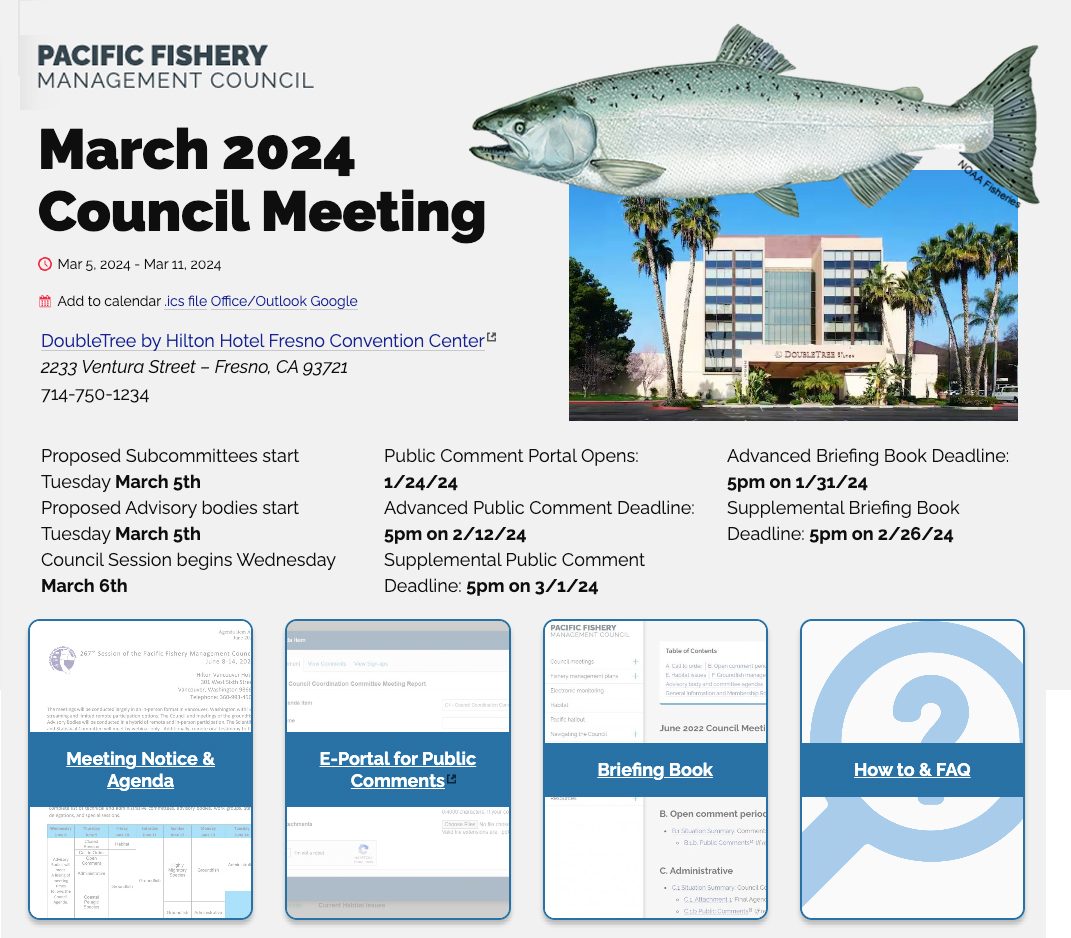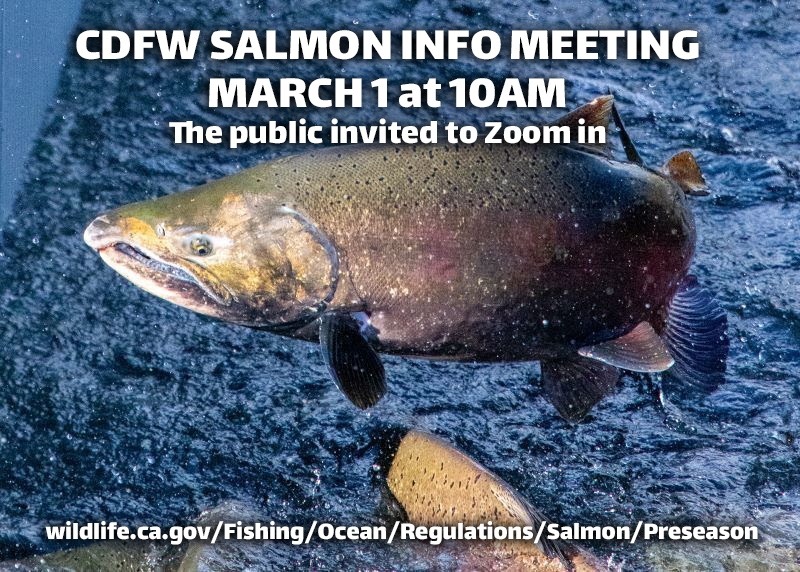Causes of the Long-Term Decline in Striped Bass and Potential Recovery
For full report and study, click here.
Striped Bass Study by Tom Cannon, July 2023
Striped bass are one of the most popular gamefish in California because of their large size, abundance, eating quality, wariness, fighting ability and voracity to take lures and bait. Like the salmon and steelhead, striped bass numbers have decline sharply over the past 50 years. Despite those parallel decline, the striped bass have become the red herring of California water wars.
The decline of striped bass is generally associated with the startup of the State Water Project in the mid 1970s in concert with the 1976-77 drought along with an ever-increasing frequency of drought. Adult striped bass population numbers fell from several million in the decades of 60s and 70s, to several hundred thousand in the 80s, eventually receiving protection and enhancement under the Central Valley Project Improvement Act (CVPIA) in 1992 and State Water Board water quality standards issued in 1978 (D-1485) and 1999 (D-1641).
D-1641, which was adopted by the SWRCB December 29, 1999 and revised on March 15, 2000, is the implementation plan for the 1995 Bay-Delta Plan, with respect to the operation of water projects within the Delta watershed. D-1641 includes water right permit terms and conditions to implement water quality objectives to protect Municipal and Industrial (M&I) beneficial uses in the Delta, as well as water quality objectives to protect Fish and Wildlife beneficial uses. D-1641 contains flow and water quality objectives that must be measured at various compliance monitoring stations throughout the Delta. (Mavens Notebook)
Striped bass became the “canary in the coal mine” since the Bay-Delta water resources have been extensively exploited over 70 years ago when the Central Valley Project’s Tracy Pumping Plant (TPP) began operating in the South Delta. South Delta exports were expanded (tripled from 4000 cfs with only the TPP) in the 1970s with the advent of State Water Project’s Byron Pumping Plant. Millions of juvenile striped bass were salvaged at the pumping plants each year in the mid 1970s until the State Water Board’s restrictions on exports began in 1978. US Army Corps of Engineer’s restrictions to minimize the pumping effect on Delta levees also helped to limit the SWP pumping capacity from 12,000 cfs to 8,000 cfs. Summer-fall exports were generally limited to 11,400 cfs out of a near 15,000 cfs capacity after all of these restrictions. Winter-spring exports were increasingly restricted to protect listed salmon and steelhead, which also benefitted striped bass. Restrictions on exports and releases of millions of hatchery-raised striped bass helped to recover the striped bass population to approximately one million adults around the turn of the century. However, over the past two decades the population has again declined (more on that decline later).
Striped bass have also been blamed for the declines in salmon and steelhead populations. Because of their notoriety and popularity, striped bass remain a key factor in Central Valley water politics.
Background Information
• Fish and Game Commission’s Striped Bass policies, click here.
• Article related to opposing sides of Delta Striped Bass policy, click here.
• Back in 2019, anglers came together to petition the Commission for change, click here
• The 2019 Striped Bass Petition: click here








